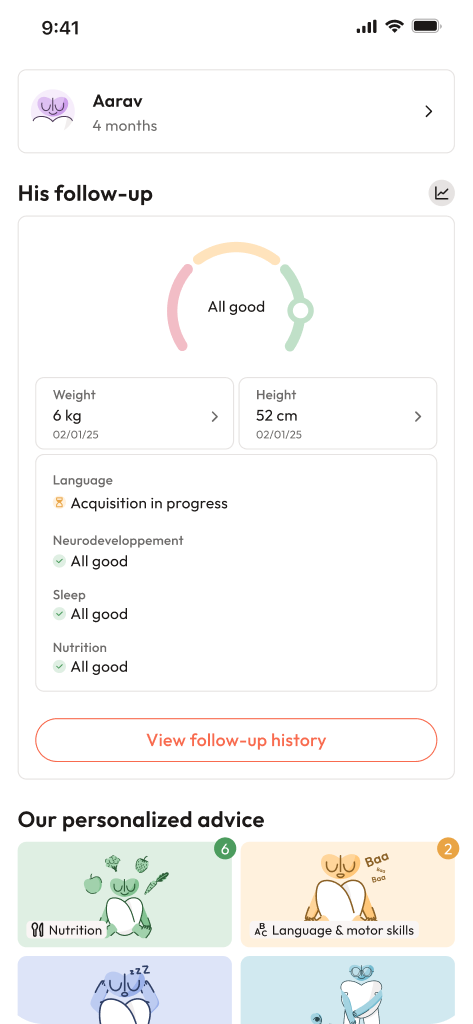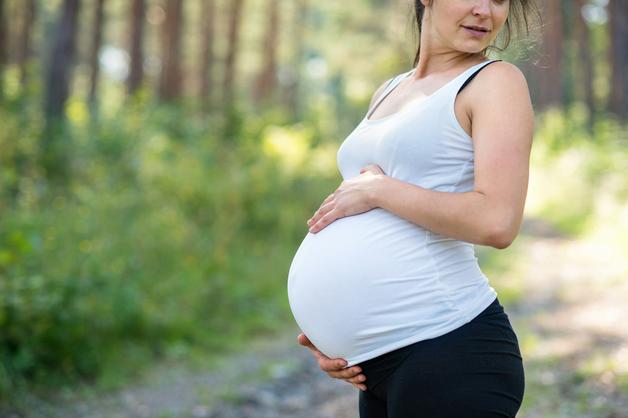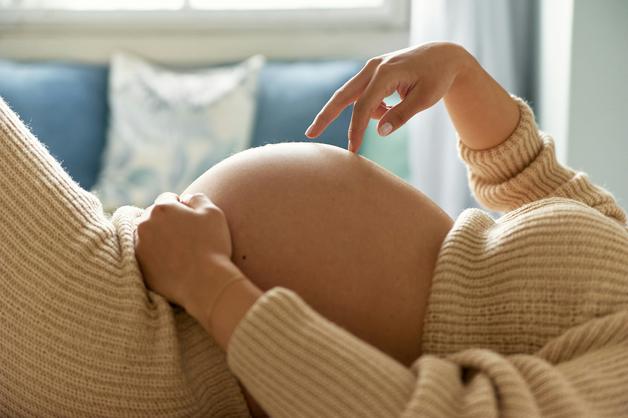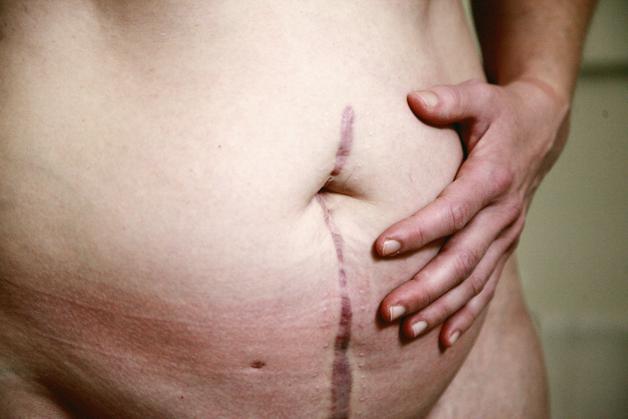What does it mean when pregnancy belly growth takes a starring role in the story of parenthood? Many parents stand before the mirror, sometimes in wonder, sometimes in mild anxiety, asking – When will my belly show? Is it supposed to look like this? Why don’t I look as “pregnant” as my friend did at this stage? Pregnancy belly growth is a journey as unique as each parent, fluctuating between anticipation and uncertainty, firm reassurance and new questions at almost every turn. This kaleidoscopic transformation isn’t just about outward change – beneath the skin, the uterus expands at an astonishing pace, hormones work their magic (or mischief!), anatomy and prior experiences collide, and daily realities (like bloat after a big dosa breakfast) enter the equation. By exploring the science – from fundal height to skin changes, trimester trends to postpartum recovery – parents can find both practical solutions and peace of mind. Let’s decode the patterns, bust a few myths, and deliver clarity along the way.
The Physiology Behind Visible Changes
Pregnancy belly growth is not merely the result of a single factor; it’s a symphony of physiological processes:
- Uterine Expansion: Your uterus transforms from a tiny, hidden organ (about 7 cm long and 50g before pregnancy) to something that stretches up to 35 cm and a full kilogram as term approaches. Early on (10–12 weeks), it begins rising out of the pelvis, becoming palpable around the pubic bone.
- Fundal Height: Healthcare providers check the top of your uterus (the fundus) using a measuring tape from the pubic bone up. After 20 weeks, the fundal height in centimeters roughly mirrors the number of weeks pregnant – with ±2–3 cm tolerance, of course.
- Abdominal Wall and Skin: The linea nigra (a dark stripe down the midline), stretch marks, and sometimes a protruding or collapsing navel form part of the visual journey. These are influenced by hormones, rapid stretching, and genetics.
- Hormonal Influence: Progesterone, oestrogen, relaxin – all these take turns softening muscles, slowing digestion (hello, bloating!), and prepping your body’s tissues for growth.
Are you spotting the links between anatomy and the outward silhouette? Think: a petite frame versus a tall, long-torsoed parent – the bump may “pop” sooner or appear later simply because of where the uterus sits in your body. A strong core? Sometimes, this means a more discreet bump until the later stages.
Timeline: When Does Pregnancy Belly Growth Become Noticeable?
The calendar never lies, but it doesn’t always tell the full story.
- First Trimester (Weeks 1–13): For most, only subtle enlargement and a little bloating. The stomach may feel a bit “full” but doesn’t give away much. Sometimes, digestive changes mimic a bump that disappears by evening.
- Second Trimester (Weeks 14–27): The fabled bump appears! Around 16–20 weeks, especially for first-timers, a “pop” is usual, while those who have had babies before may notice it at 12–16 weeks. More amniotic fluid, a shifting uterus, and baby’s growing kicks put the belly center stage.
- Third Trimester (Weeks 28–40+): Rapid expansion defines these weeks. You might measure close to 32–36 cm around weeks 32–36, and by 37 weeks, the belly can “drop” as the baby’s head engages in the pelvis – making breathing easier, but pelvic heaviness more pronounced.
The Weekly Picture
Imagine a camera capturing small changes each week:
- 10–12 weeks: Almost no difference to the casual eye.
- 16 weeks: Belly hints, especially for moms who’ve already carried before.
- 20 weeks: Top of the uterus near the umbilicus, belly much more obvious.
- 24–28 weeks: Growth continues, fundal height checks become regular.
- 32–36 weeks: Big shifts, sometimes followed by a plateau just before delivery.
- 37–40 weeks: The magic drop – your silhouette may change dramatically, even if baby continues growing.
What Shapes, Sizes, and Differences Mean
Not all pregnancy bellies are shaped alike. Several factors orchestrate these differences:
- Body Type & Muscle Tone: Slimmer figures and strong cores reveal bumps earlier or later. A short torso means the bump sits higher up, while a longer torso stretches it down.
- Placental and Fetal Factors: An anterior placenta (attached at the front) may pretend the bump is larger or softer. Baby’s position—head down, breech, or transverse—molds the outer shape.
- Fluid Balance: Amniotic fluid levels (polyhydramnios when high, oligohydramnios when low) can exaggerate or mask belly size. Multiples (twins or more) accelerate and accentuate pregnancy belly growth beyond singleton norms.
One parent may look “5 months” at 3 months, another just barely showing at 6 – both normal, both healthy, as long as growth tracks consistently in the medical records.
Clinical Monitoring: Fundal Height and Ultrasound
Is size alone a reliable signal? Not quite. Medical science relies on objectivity.
- Fundal Height: The distance from pubic bone to top of uterus, measured with a soft tape, after 20 weeks often matches gestational age with leeway. A deviation? Your doctor might schedule a repeat measurement or a focused ultrasound for a more precise picture.
- Ultrasound: This gold-standard check looks at baby size, amniotic fluid quantity, fetal wellbeing, and can uncover reasons for a belly that is “too big” or “too small.”
- Serial Monitoring: Patterns matter more than one-off numbers. Has the measurement stopped rising steadily? Are there symptoms like pain, bleeding, or decreased fetal movement? These cues call for expert attention.
Skin Changes and Physical Adaptations
Pregnancy can turn skin into a visible diary:
- Linea Nigra: The faint-to-dark vertical line from pubic bone upward, intensified by hormones.
- Stretch Marks: Varying shades, from pink to deep purple, eventually fading to silver. Hydration, coconut oil, massage, and sun protection offer relief—no skin cream prevents them fully.
- Belly Button Changes: Once “innie” may become “outie”—innocent unless it’s painful or turns bluish (in which case, check for hernia!).
Physical Comfort, Pain, and Safe Exercise
Belly growth is not all about looks. Discomfort finds many shapes:
- Round Ligament Pain: Brief, sharp aches along the groin, especially rising or twisting. Usually short-lived, relieved with gentle stretching.
- Back and Pelvic Pain: Posture changes, a growing uterus tilting the pelvis—responding to these with good ergonomics, maternity belts, sleeping on the side (preferably left), and supportive cushions can be transformative.
- Exercise: Adapt activity to trimester. Walking, swimming, prenatal yoga keep tone without strain. Intense abdominal work—especially crunches—wait until postpartum physiotherapy.
Monitoring Pregnancy Belly Growth at Home
A tape measure, a mirror, and a camera can become trusted companions:
- Photo Timeline: Weekly images, same spot and similar lighting, offer a visual diary. Label with week number and keep private if desired.
- Measuring Tape: Always from pubic bone to highest point of the uterus, gently. Big or sudden jumps, or a plateau? These signal time for a provider consult.
When to Be Concerned: Medical Red Flags
While pregnancy belly growth is marked by immense variation, certain symptoms mean more than a passing worry:
- Sudden or Rapid Growth: Especially with pain, tightness, or breathlessness—can point to increased fluid (polyhydramnios) or a metabolic issue.
- Lack of Growth: Measurements that stall after 20 weeks, with or without “small” appearance, may signal growth restriction or oligohydramnios.
- Pain, Bleeding, Decreased Fetal Movement: Always prompt an immediate call to your doctor.
- Severe Swelling, Headache, Visual Changes: Markers of preeclampsia, need urgent assessment.
Life After Birth: Postpartum Belly Recovery
Birth is not the end for the belly’s transformation; it is simply a new chapter.
- Immediate Changes: Within days, the uterus shrinks rapidly. Post-delivery, changes in the belly can be felt within 24–72 hours, and by two weeks, the uterus is barely palpable.
- Lochia: Postpartum bleeding, shifting phases, requires monitoring for odor, fever, or unusual pain.
- Diastasis Recti: The separation of the central abdominal muscles—a gap wider than 2 cm, or a domed center when you try getting up, calls for guided rehabilitation.
- Stretch Marks and Skin: Fade gradually, with ongoing skin care and patience—the skin’s own collagen takes months to restore balance.
Practical Tips: Clothing, Support, and Emotional Balance
- Maternity Wear: Breathable, stretchy fabrics; waist extenders for old garments. Comfort remains a guiding principle.
- Support Garments: Maternity belts can soothe pelvic pain—just avoid over-tightness.
- Body Image: Comparisons can sting. Boundaries around comments are valid. Focus attention on health, wellbeing, and individual journeys above appearances.
- Partner Involvement: Partners and loved ones can share the process—tracking growth, giving practical help, or joining in creating photo keepsakes.
Key Takeaways
- There’s no single timeline or “normal” for pregnancy belly growth; individuality reigns, and most differences are medically insignificant.
- Reliable tracking uses fundal height (after 20 weeks) and ultrasound, not only visual appearance, to ensure healthy development.
- Physical changes can bring discomfort, but support garments, proper posture, gentle activity, and targeted physiotherapy after birth can all foster comfort and recovery.
- Myths about bump shape predicting gender or baby size have no scientific basis.
- All concerns—unusual growth patterns, persistent pain, decreased movements—warrant prompt consultation with a healthcare provider. For tailored guidance and free health questionnaires for your child, you may try the application Heloa.
- Real confidence comes from understanding what’s happening under the skin, trusting objective monitoring, and seeking help when something feels “off.”
Questions Parents Ask
How can I tell the difference between a pregnancy bump and general weight gain?
Pregnancy belly growth shows itself as a firmness low down, often rising above the pubic bone, while ordinary weight gain appears softer, usually spread across hips, thighs, and belly. Weekly photographs in the same pose help spot true growth, while tracking the fundal height (tape from pubic bone to fundus) can add clarity. Bloating or gas mimic a bump, but their dance shifts with meals or time of day. If doubts persist, or if you discover sudden increases or lagging growth, a conversation with your clinician brings clarity.
When does the stomach start to feel hard, and when should I be concerned?
Firmness in the belly—often noticed in the second trimester and later—can be fleeting, commonly from Braxton Hicks contractions (irregular, usually painless). Sometimes, it’s just the uterus becoming more prominent. Yet, a hard belly that is constant, painful, happens with fever, or brings changes in baby movement is different. These symptoms indicate a need for healthcare advice.
Why does my bump sit higher or lower than other people’s?
Individual anatomy sets the scene: short torsos, strong abs, prior pregnancies, and placental placement all shape external appearance. The bump may ride high or stay hidden below, influenced by amniotic fluid and how the baby lies. Rarely does this signal a threat—unless growth trends deviate on repeated measurement, or ultrasound reveals a discrepancy.
The journey of pregnancy belly growth remains both screen and stage: a drama of nature, science, and maternal adaptation—uniquely yours, always worthy of respect, and beautifully poised between the expected and the surprising.










